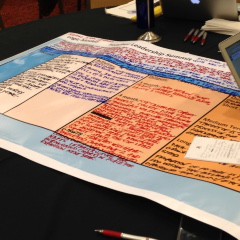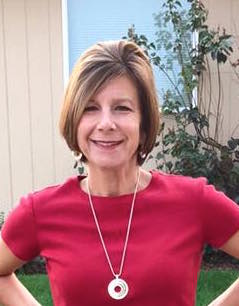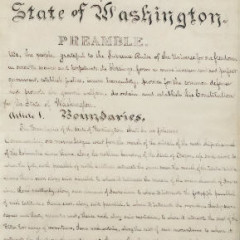This weekend in SeaTac, educators from nearly twenty states assembled for the Washington Teach To Lead Summit. Teams brought leadership ideas in various stages of incubation, and staff from ED facilitated a guided thinking and planning process to help take abstraction and organize it into more refined, defined, actionable planning.
One thing became clear very quickly: teacher leadership is messy, complicated work that often is the hidden engine driving meaningful change.
My role here has been to be a presenter and a “critical friend” for a team to assist in their thinking and project development. I had the incredible privilege of working with a team from here in Washington state as they tackle a unique but important struggle around which they want to leverage teacher leadership.
The kids and community around Marysville, Washington suffered tremendous trauma with the violence of almost a year ago. One school in particular realized that traumas such as this, as well as the often hidden and cyclical traumas that often occur in children’s lives, have a direct impact on students’ ability to succeed in school. A team from Quil Ceda Tulalip Elementary came to the Teach to Lead Summit to help refine their project, which aims to proactively equip these young students with knowledge, skills, and strategies to handle the complex emotions that come with traumas, whether connected to the recent shared community trauma or the private struggles that happen at home. These educators know that test scores, too often The Measure of school effectiveness, only tell a tiny chapter of the story: these educators know that in order for academic achievement data to show growth, a child needs to be in the physical and emotional place to even learn in the first place.



 By Tom White
By Tom White
